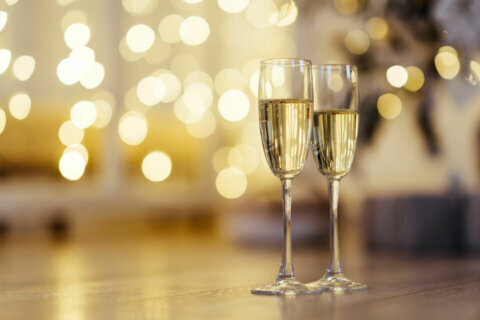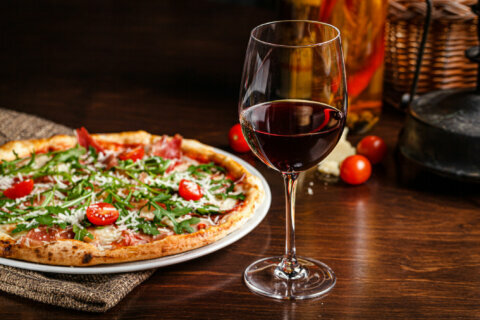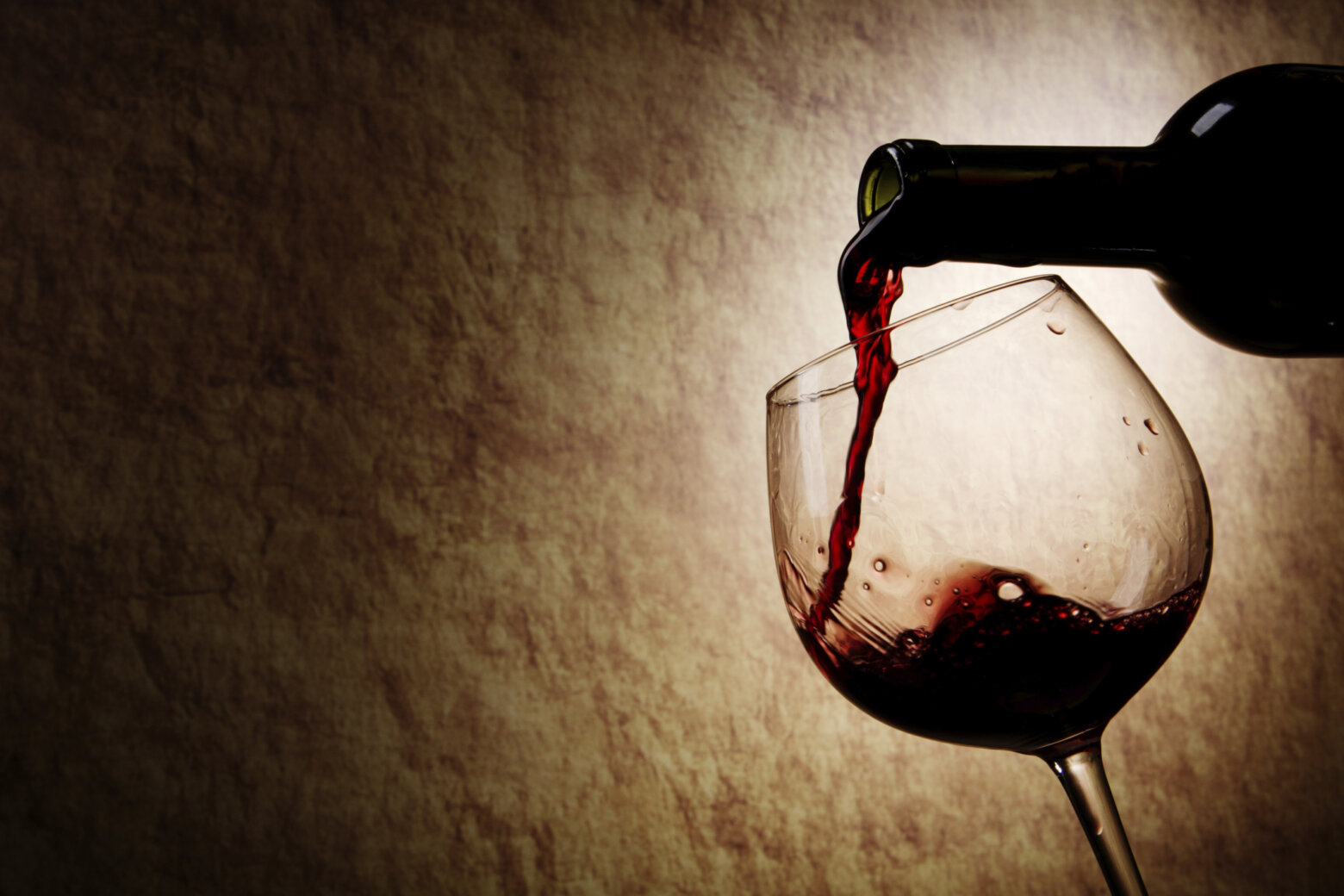It always amazes me how so many wine lovers wait for special occasions to enjoy a glass of Champagne. It’s one of the most versatile wines, and pairs nicely with a variety of foods and moods.
Lily Bollinger, of the House of Bollinger Champagne, once said, “I drink Champagne when I’m happy and when I’m sad. Sometimes I drink it when I’m alone. When I have company, I consider it obligatory. I trifle with it if I’m not hungry and drink it when I am. Otherwise, I never touch it — unless I’m thirsty.”
I could not have said it better myself.
Since the celebratory season is about to hit its climax next week with New Year’s Eve, now is an excellent time to pick up a bottle of Champagne to ring in the new year — and beyond.
A quick reminder that only wines made in the tiny Champagne region in France — using the strict Méthode Champenoise (or Traditional Method) — can be called Champagne (as denoted by the capital “C” in the name). All other champagne-style wines are referred to as “sparkling wines.”
Most midlevel priced champagnes ($20 — $45) are “nonvintage,” or “NV.” This means it’s a blend from several years worth of wines from the same winery. For example, a current nonvintage wine might be made up of a little of the 2015 vintage mixed in with a little more of the 2016 vintage and topped off with the 2017.
Vintners use this blending technique to achieve uniformity from year to year.
Conversely, a “vintage” Champagne is always designated by a specific year on the bottle and is produced from grapes harvested exclusively from that year. As with all wines, there are good vintages and not-so-good vintages.
Unless you know specifically what year you’re looking for, most nonvintage wines are a good choice and can be enjoyed right away.
Champagnes are also made from several different grape varietals. The most common are Chardonnay, Pinot Meunier and Pinot Noir.
A Champagne labeled “Blanc de Blancs” (white from whites) is made entirely from Chardonnay. “Blanc de Noirs” (white from reds) denotes that the wine was made from red grape varietals such as Meunier or Pinot Noir.
Most “Brut” Champagnes are made from a combination of Chardonnay and Pinot Noir and are considered to be dry. A Champagne labeled “Extra Dry” is actually a little sweeter than Brut, while “Natural” is drier that Brut.
Listen and subscribe to the “The Vine Guy” podcast on Podcast One
In order to fully appreciate Champagne, it should be served chilled in a white wineglass. While a flute is the traditional choice — and shows off the pretty bubbles — a larger glass allows the aromas and flavors to develop more thoroughly. But whatever glass you decide to serve it in, just drink more Champagne!
So this New Year’s Eve, while you’re enjoying the wonderful bottle of bubbly, make a new resolution to drink more Champagne all year long in 2020. Take a lesson from John Meynard Keynes, who said, “My only regret in life is that I did not drink more Champagne.”
As referenced above, one of the best values for authentic Champagne is a nonvintage wine, where the final product is a blend of wines made from prior years in order to maintain a certain style. A wonderful example is the nonvintage Montaudon Brut, from Epernay, France.
The tightly packed bubbles add a certain degree of elegance as they deliver lovely notes of apple, pear, citrus and roasted almond across the entire palate. Toasted hazelnuts are featured in the crisp, balanced finish. Enjoy it with soft cheeses and fresh fruit. $35
Many vineyard owners in Champagne sell the majority of their grapes to the big Champagne houses, but some growers actually keep their fruit and produce wines for their own label. The Gimonnet family has been doing exactly that with their fruit for over half a century.
Their nonvintage Pierre Gimonnet & Fils Blanc de Blancs Brut Champagne is made exclusively from Chardonnay grapes from top vineyard sites and boasts flavors of creamy lemon and nectarine elegantly woven around a core of acidity and minerality. The tiny, precise bubbles gives the wine a wonderful sense of balance and structure. $40
If you’re looking to add a little color for the occasion, the nonvintage Moet & Chandon Rosé Imperial is a delicious choice. A Rosé version of their popular Brut nonvintage Champagne, it is a blend of all three classic varieties with an emphasis on Pinot Noir.
It sports lovely scents of cranberry and wild strawberry. Supple red cherry, orange zest and red berry fruit flavors offer surprising depth. Mouthwatering mineral-laden acidity meshes with hints of Gala apple on the beautiful finish. Enjoy it on its own, or for a real treat, serve it with roasted salmon. $60
If you are willing to splurge a bit in order to get a vintage Champagne, a good one to start with is the 2006 Laurent-Perrier Brut Millesime, a blend of equal parts Pinot Noir and Chardonnay that demonstrates the subtle balance between liveliness and ripeness that Laurent-Perrier is known for.
The fragrant scent of green apple and buttered toast on the nose lead to flavors of baked apple, ripe pear, roasted hazelnuts and candied ginger on the palate. The structure is full-bodied and the finish, featuring notes of toasted almonds, is round and full. My wife loves this wine with potatoes Dauphinois. $65







